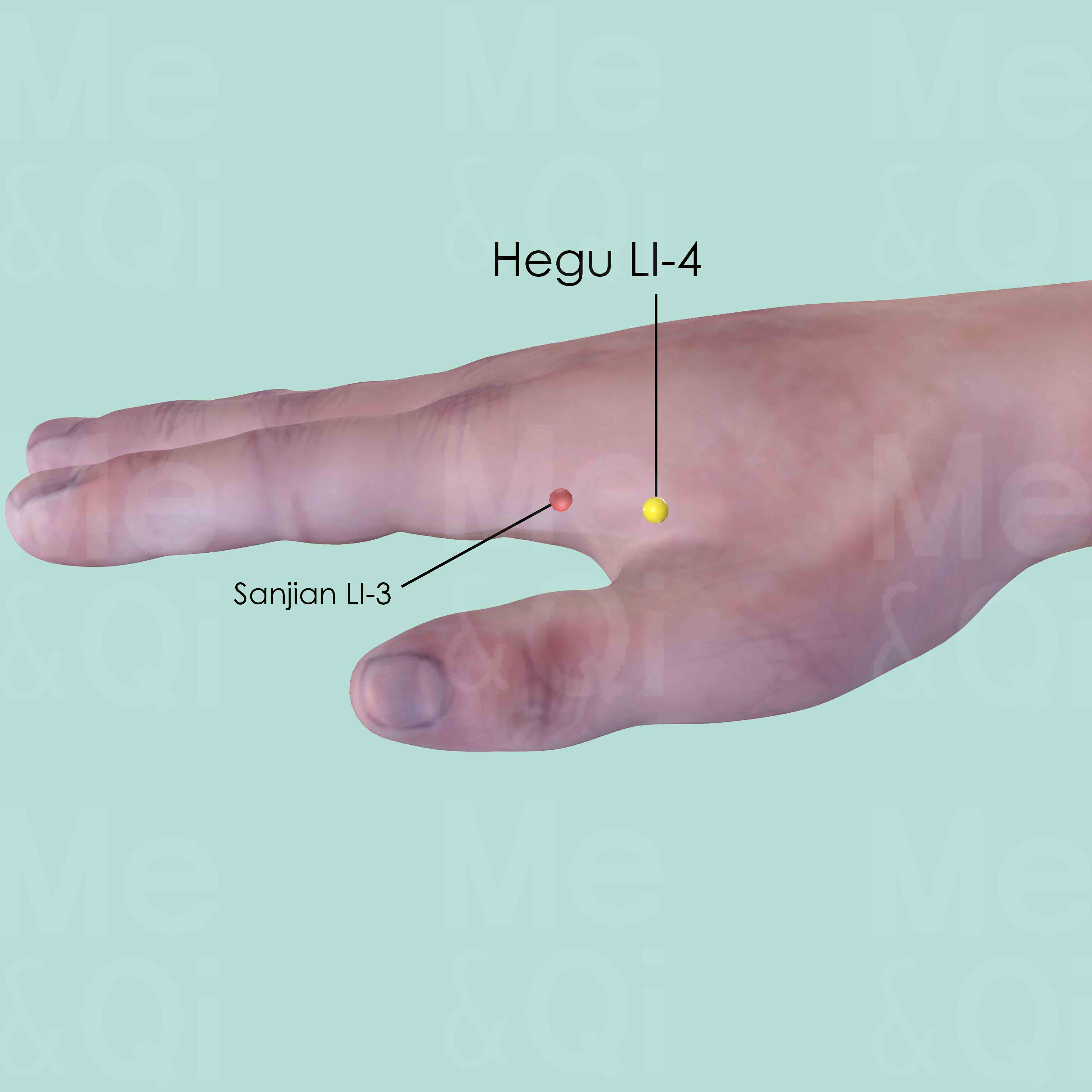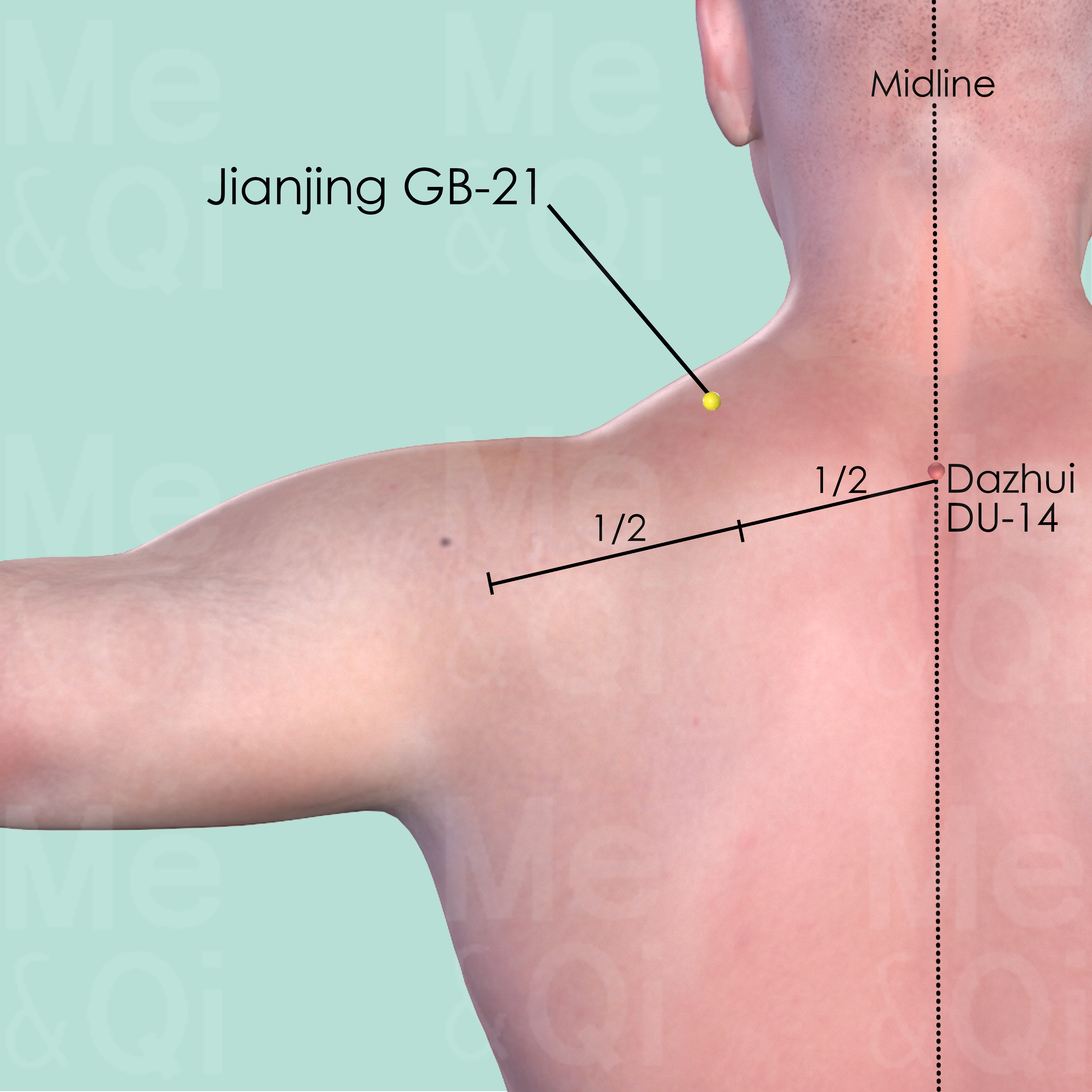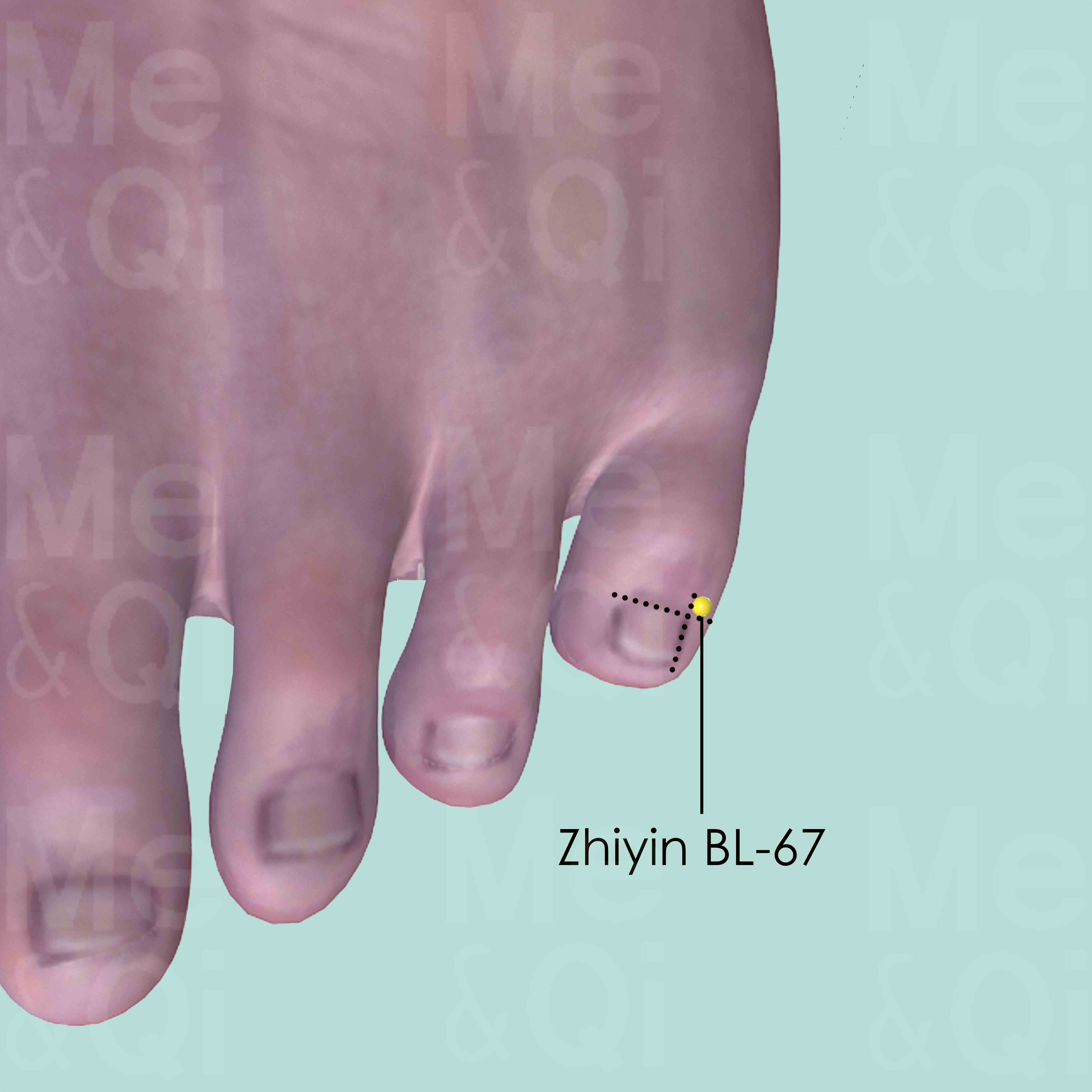Prolonged Laboraccording to TCM
Symptom family: Labor Complications
Parent symptom: Labor Dystocia
What is Prolonged Labor?
Prolonged labor, also known as extended delivery time or slow labor, refers to childbirth that lasts longer than the typical timeframe expected for the birthing process. It is a condition where labor extends beyond 20 hours for first-time mothers and beyond 14 hours for women who have given birth previously.
Recognized as a form of labor dystocia, prolonged labor can result from a variety of factors, including the baby's position, the mother's pelvic shape, and the strength of contractions. It can lead to increased stress for both the mother and the baby, necessitating careful monitoring and management.
How does TCM view Prolonged Labor?
Traditional Chinese Medicine (TCM) offers a distinct perspective on prolonged labor, viewing it as a symptom of imbalance or blockage within the body's energy pathways. According to TCM, the smooth flow of Qi (energy) and Blood is essential for a healthy pregnancy and delivery process. Disruptions to this flow can lead to complications such as prolonged labor.
TCM identifies various patterns of disharmony that may contribute to this condition, emphasizing the importance of a holistic approach to diagnosis and treatment. By understanding the underlying pattern, practitioners can tailor treatments to address the root cause and support the mother's body in facilitating a smoother delivery.
Acupoints for Prolonged Labor
In addressing prolonged labor, TCM practitioners may recommend specific acupoints to help facilitate delivery. One such point is Hegu (LI-4), located between the thumb and index finger. Stimulating Hegu is believed to regulate defensive Qi and harmonize the Yin and Yang energies, potentially aiding in the progression of labor.
Another point, Jianjing (GB-21), found at the peak of the shoulder, is used to descend Qi and promote labor by removing obstructions from the channel. Lastly, Zhiyin (BL-67), located at the tip of the little toe, is often utilized to expel Wind and encourage labor. These acupoints represent a targeted approach within TCM to support natural birth processes, highlighting the system's deep connection between body energy pathways and physical outcomes.
Explore below some acupoints used to address prolonged labor, organized by meridian.
- By Meridian
- Large Intestine Channel
- Gall Bladder Channel
- Bladder Channel

Hegu LI-4
Between the 1st and 2nd metacarpal bones, approximately in the middle of the 2nd metacarpal bone on the radial side.

Jianjing GB-21
Midway between Dazhui DU-14 and the lateral extremity of the acromion, at the highest point of the shoulder.

Zhiyin BL-67
On the lateral side of the little toe, about 0.1 cun posterior to the corner of the nail.
